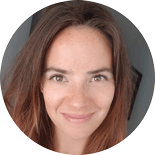THE FLIGHTDECK • April 2021
Plane spotting: British Airways in the movies
Appearing in everything from indie Brit flicks to Hollywood blockbusters, British Airways continues to be an unsung star of the silver (and IFE) screen. High Life’s resident film aficionado Ally Wybrew picks five of her favourite cameos
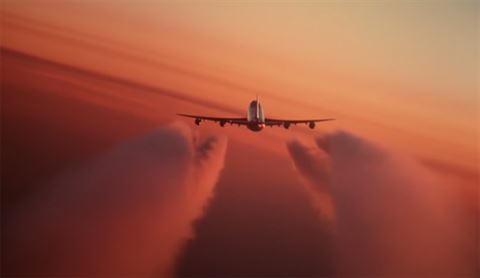
Paper Tiger (1975)
The first four minutes of Ken Annakin’s Paper Tiger could be mistaken for a well-executed Boeing ad. With sunset-backed take-offs, hazy runway long shots and above-the-cloud views of the iconic 747 – all accompanied by a sweeping score by Roy Budd (Get Carter, Who Dares Wins) – it’s enough to stoke a tear or two. It’s also a suitably grandiose start to a film bearing the heft of 1970s mega-stars David Niven and Toshirô Mifune, even if the movie itself didn’t quite live up to critics’ expectations. Aerophiles will enjoy seeing Niven settle into Y Class, impressive undercarriage shots of tarmac touchdown and the novelty of a VIP British Airways jeep on the ‘Kulagong’ (the fictional Asian location in which the film is set) runway – all within the first five minutes.
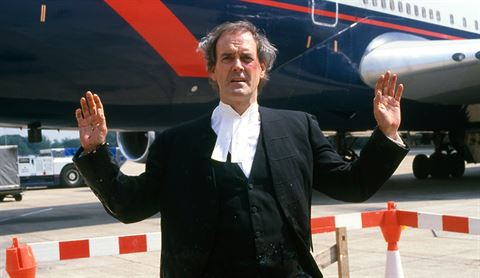
A Fish Called Wanda (1988)
Post-Python, John Cleese had a huge box-office hit on his hands as the writer and star of Oscar-winning comedy crime caper A Fish Called Wanda. After 90 minutes of scheming and seduction, the final set piece takes viewers on a comic tour of Heathrow T4. As con artist Wanda (Jamie Lee Curtis) and “irretrievably vulgar” weapons expert Otto (Kevin Kline) rush to catch a flight to Rio de Janeiro, baffled barrister Archie (John Cleese) buys a ticket to join them, while his stuttering accomplice Ken (Michael Palin) heads on board via the baggage belt. Eagle-eyed viewers will spot some of the last Super Club check-in desks in use before the 1988 Club World rebrand, while plane spotters and cinephiles will enjoy the showdown (featuring wet cement, a barrel of tar and a steamroller), set on the Heathrow tarmac to the backdrop of a Trident 2E and Boeing 747-236.
Picture courtesy of Alamy / MGM
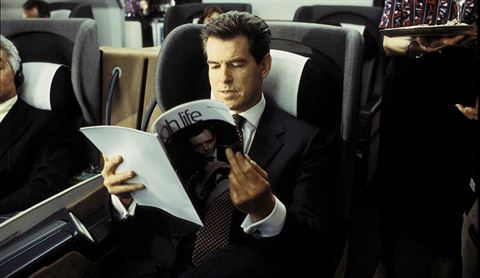
Die Another Day (2002)
Despite a brief collaboration in 1979’s Moonraker, it wasn’t until 1995’s Goldeneye and the inauguration of Pierce Brosnan as Britain’s favourite secret agent that the world saw a British Airways plane share the screen with James Bond. That was only a brief appearance, however (a Boeing 757-236 is seen landing, delivering the spy to St Petersburg), and one that’s overshadowed by BA’s contribution to Brosnan’s final 007 foray: Die Another Day (2002). Flying First from Cuba to London on a Boeing 747-436, the superspy sips a martini delivered by an air hostess played by Deborah Moore (daughter of the late, great Roger Moore), before browsing what was to become a real issue of High Life, featuring his nemesis Gustav Graves on the cover – all to the soundtrack of London Calling. It doesn’t get much more British than that.
Picture courtesy of MGM Media Licensing
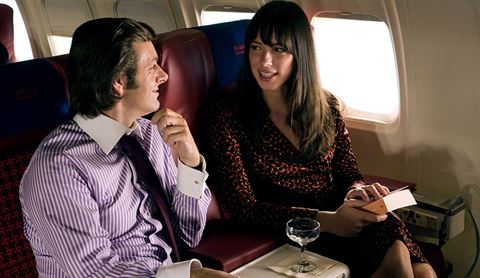
Frost/Nixon (2008)
Documenting the story behind the famous post-Watergate Nixon interviews with acclaimed British journalist David Frost, played by Martin Sheen, this Academy Award-nominated drama from Ron Howard enjoys endless nostalgic indulgences, not least its depiction of a Boeing 747-136 in classic BOAC livery. Its First cabin (complete with silver-tiered tea trays and bottomless Champagne) plays host to the journalist’s first rendezvous with future girlfriend and New Yorker editor Caroline Cushing (Rebecca Hall). The two get to know each other en route from Heathrow to LAX over a glass of wine in the Boeing’s Sky Lounge surrounded by retro red, white and blue furnishings and bold London landmark artwork.
Picture courtesy of Alamy / AF Archive
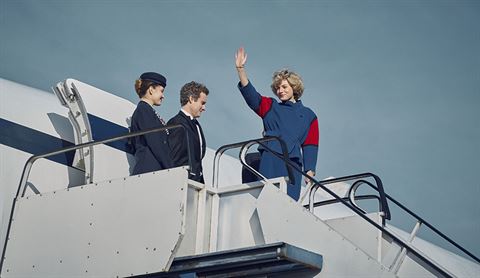
The Crown (2020)
In a fitting tribute to both British Airways’ supersonic aircraft and one of the most popular British TV shows in history, Concorde makes a glamorous appearance in the latest season of Netflix’s The Crown. Detailing the first solo trip of Princess Diana (Emma Corrin) from London to New York in 1989, the show’s season four finale depicts HRH on board during the three-hour flight and subsequently stepping off the plane and into a clamour of press and flag-waving admirers. Filmed at the Brooklands Museum in Surrey on its Concorde G-BBDG Delta Golf (the first of its type to carry 100 passengers at Mach 2), the striking night scene was transformed by the VFX experts at Framestore who augmented it to look like JFK in the late 1980s.
Picture courtesy of Netflix
This article has been tagged Fashion + Style, Culture
More from previous issues
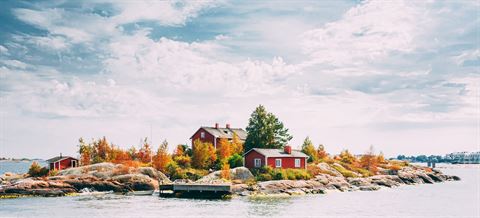
Travel-inspired homeware for Avios collectors
Whether you're yearning for sakura, the souk or Scandinavia, bring the vibe home with favourite reminders of far-flung destinations
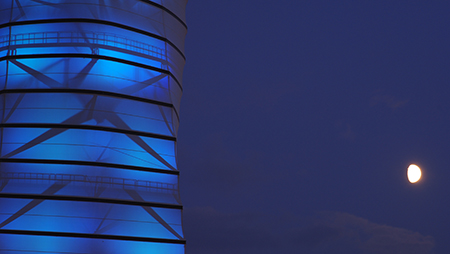
The world’s coolest air traffic control towers
We fix our gaze on the lofty lords of the skies that keep our airports running smoothly in consummate style
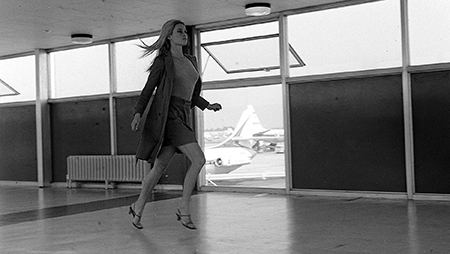
Seven stylish moments in aviation history
A new collection of photographs provides a glimpse into the glamour of celebrity jet-setters, including the scene-stealing Brigitte Bardot
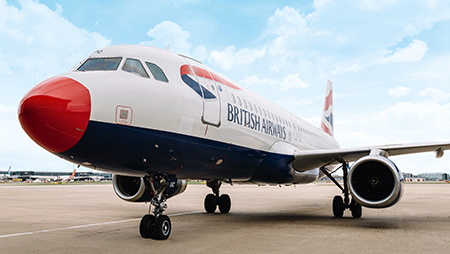
How to run a charity partnership during a pandemic
BA’s community investment manager Mary Brew looks back over her 30 years with the airline and discusses its work with Flying Start
